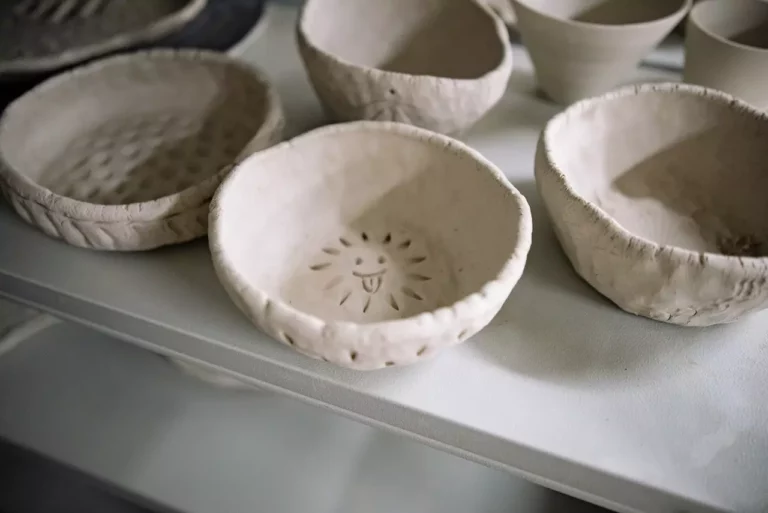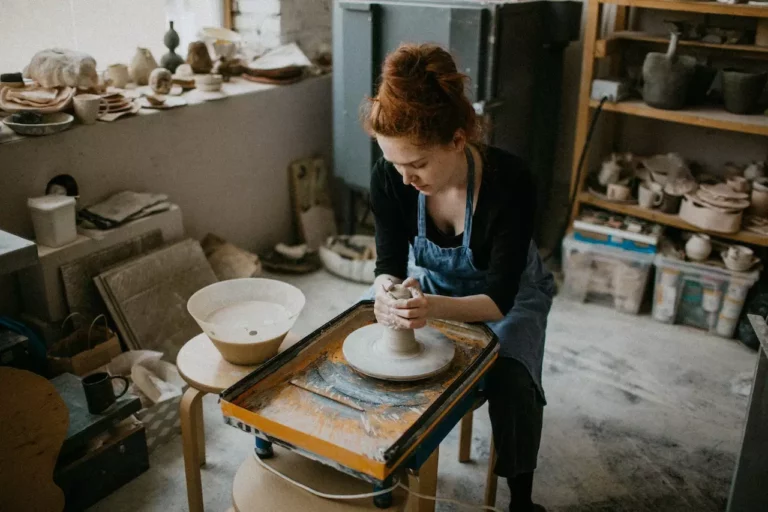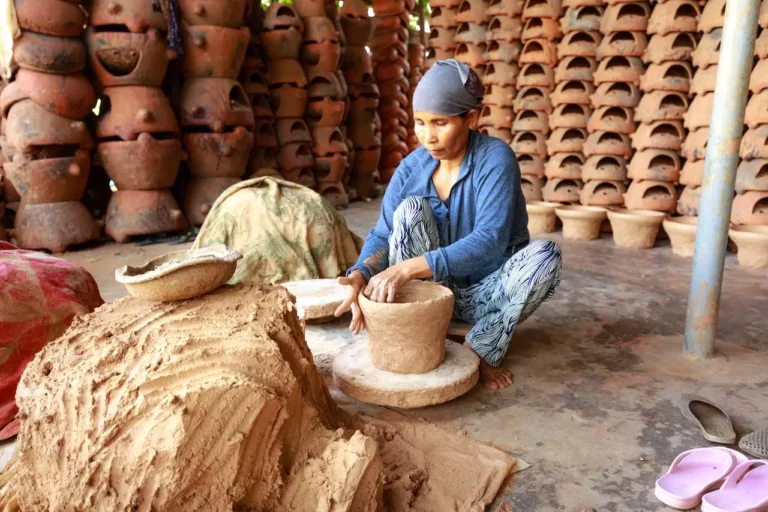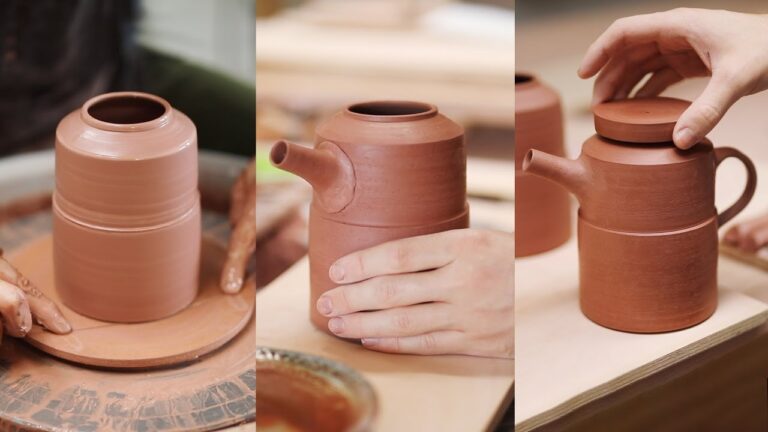Best Way To Fix Broken Pottery
Pottery holds a special place in our hearts, often representing sentimental value or cherished memories. When accidents happen and our beloved pottery pieces break, it can be disheartening. However, fear not! With the right techniques and a little patience, you can restore your broken pottery to its former glory.
In this article, we will explore the best way to fix broken pottery, step by step, ensuring a successful repair that preserves both the aesthetics and functionality of the piece.
Assess the Damage
Before embarking on the repair process, it is crucial to assess the extent of the damage. Carefully examine the broken pieces and identify any missing fragments. Take note of any cracks, chips, or shattered areas. Understanding the damage will help you plan the repair process effectively.
Gather the Pieces
Once you have assessed the damage, it’s time to gather all the broken pieces. Handle them with care to avoid causing further damage or injury. Ensure you collect all the fragments, even the tiniest ones, as they can play a crucial role in the repair.
Clean the Broken Edges
Before proceeding with the repair, it’s important to clean the broken edges of the pottery. Use a soft brush or cloth to remove any dust, dirt, or debris. This will ensure a better bond between the pieces and the adhesive, enhancing the overall strength of the repair.
Choose the Right Adhesive
Selecting the appropriate adhesive is vital for a successful pottery repair. Epoxy adhesives or cyanoacrylate-based glues are commonly used for pottery repairs due to their strength and versatility. However, it’s essential to choose an adhesive that is specifically designed for ceramic or pottery repairs.
Apply the Adhesive
Following the instructions provided by the adhesive manufacturer, apply a thin and even layer of adhesive to one of the broken edges. Take care not to use excessive amounts, as this can result in messy repairs or compromise the aesthetics of the piece. Apply the adhesive quickly but with precision.
Hold the Pieces Together
After applying the adhesive, carefully align the broken pieces and hold them together firmly. Consider using clamps, rubber bands, or other securing mechanisms to keep the pieces in place. Ensure the alignment is accurate to achieve a seamless repair.
Allow the Adhesive to Cure
Patience is key during the repair process. Allow the adhesive to cure according to the manufacturer’s instructions. This typically involves leaving the piece undisturbed for several hours or even overnight. Avoid the temptation to check the repair too soon, as it may compromise the bonding strength.
Fill in the Gaps
Once the adhesive has cured, you may notice small gaps or spaces between the broken pieces. To fill these gaps, use a fine clay filler that matches the color of the pottery. Apply it carefully, smoothing the surface with a damp cloth or sponge. This step will ensure a visually appealing repair.
Sand and Smooth the Surface
After the clay filler has dried, gently sand the repaired area to achieve a smooth and seamless finish. Start with a coarse-grit sandpaper to remove any excess filler, and gradually move to finer grits for a polished result. Be mindful of the pottery’s delicate nature and avoid applying too much pressure.
Conceal the Repair
To further enhance the appearance of the repaired pottery, you can consider using paints or glazes to conceal the repair lines. Choose colors that match the original piece and carefully apply them to blend in with the surrounding surface. This step will help camouflage the repair, making it less noticeable.
Finishing Touches
Once you have concealed the repair, take a step back and evaluate the results. If necessary, make any final adjustments or touch-ups to ensure a seamless integration of the repaired area with the rest of the pottery. Pay attention to details and strive for a finish that honors the original aesthetics.
Preventing Future Breakage
Now that your pottery has been successfully repaired, it’s important to take precautions to prevent future breakage. Avoid exposing the piece to extreme temperature changes, handle it with care, and consider displaying it in a secure location. By treating your pottery gently, you can enjoy its beauty for years to come.
FAQs
Can I use any adhesive to repair pottery?
While there are various adhesives available, it’s important to choose one specifically designed for ceramic or pottery repairs. Epoxy adhesives or cyanoacrylate-based glues are often recommended.
How long should I wait for the adhesive to cure?
The curing time depends on the adhesive you use. Follow the instructions provided by the manufacturer, as it typically ranges from several hours to overnight.
Can I repair pottery without it being noticeable?
With the right techniques, it is possible to repair pottery in a way that minimizes the visibility of the repair. Concealing the repair lines with paint or glaze can help achieve a seamless finish.
Is it necessary to fill in the gaps after the adhesive cures?
Filling in the gaps between the broken pieces helps create a smoother surface and improves the visual appeal of the repair. Consider using a fine clay filler that matches the color of the pottery.
How can I prevent future breakage of repaired pottery?
To prevent future breakage, avoid subjecting the pottery to extreme temperature changes and handle it with care. Displaying the repaired pottery in a secure location can also minimize the risk of accidents.
Conclusion
Fixing broken pottery may seem like a daunting task, but with the right approach and techniques, it can be a rewarding endeavor. Assess the damage, gather the pieces, clean the edges, choose the appropriate adhesive, and carefully apply it. Hold the pieces together, allow the adhesive to cure, and fill in any gaps.
Sand and smooth the surface, conceal the repair, and add the finishing touches. Remember to handle the repaired pottery with care and take preventative measures to avoid future breakage. By following these steps, you can restore your broken pottery and preserve its beauty.





